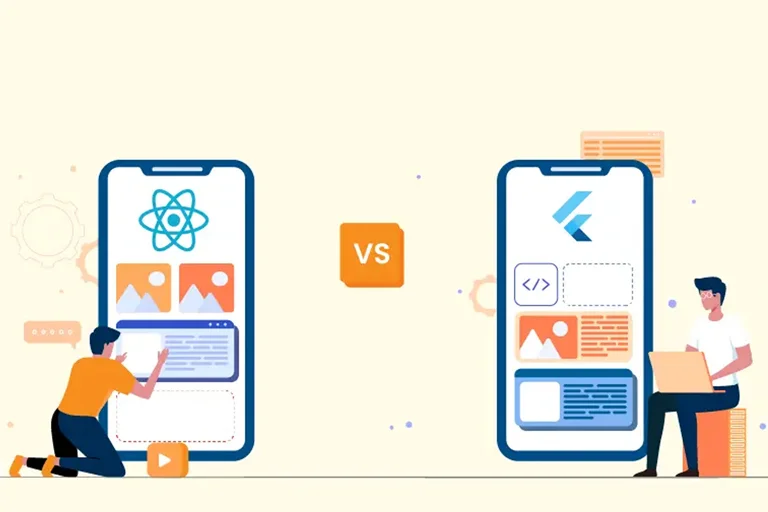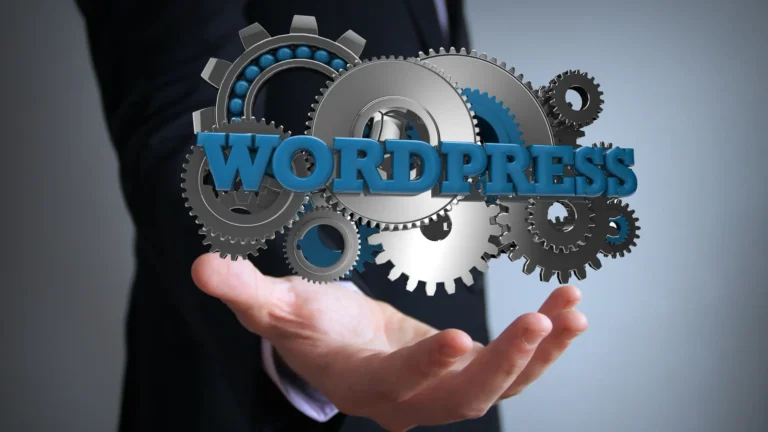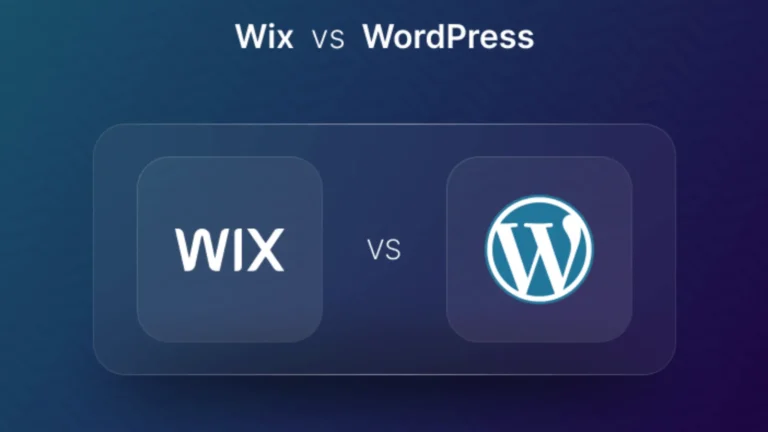Table of Contents
Introduction to MVP in Software Development
Software development is an ever-evolving field, with businesses seeking innovative solutions to stay competitive in the market. One such approach that has gained significant popularity is the concept of Minimum Viable Product (MVP). In this article, we will explore the significance of MVP in software development and understand why it holds a crucial place for businesses aiming for success.
MVP is a strategic approach to building and launching a product with the bare minimum features required for it to be viable in the market. Instead of investing considerable time and resources in creating a fully-featured product, MVP focuses on delivering core functionalities to test the product’s feasibility and gather user feedback.
What is MVP in Software Development (Minimum Viable Product)?
MVP, in its essence, is a prototype or early version of a product that allows businesses to validate their ideas with real users without committing to a full-scale development process. It is not a half-baked or incomplete product; rather, it is a well-thought-out version that addresses the primary pain points of the target audience.
The Importance of MVP in Software Development
Reducing Development Costs
Developing a full-fledged product requires significant investments. MVP in software development, on the other hand, allows businesses to save costs by focusing only on essential features. This cost-effectiveness is especially beneficial for startups and small businesses with limited budgets.
Gathering User Feedback
MVP serves as a feedback-gathering tool. By releasing a basic version of the product to real users, businesses can gain insights into user preferences, pain points, and expectations. This feedback is invaluable in making informed decisions for further product development.
Faster Time-to-Market
In today’s fast-paced business environment, speed-to-market is crucial. MVP in software developmentenables businesses to launch their product quickly and gain a competitive edge. The iterative development approach also allows for rapid improvements and feature additions based on user feedback.
Risk Mitigation
Investing in a full-featured product without validating its market acceptance can be risky. MVP mitigates this risk by allowing businesses to test their assumptions and validate the demand for the product before making substantial investments.
Key Elements of an MVP
Identifying Core Features
The first step in developing an MVP in software development is to identify the core features that address the primary needs of the target audience. These features form the foundation of the product and are crucial for its viability.
Building a Prototype
A well-designed prototype helps in visualizing the product’s functionality and user interface. It allows businesses to get a feel for the user experience and make necessary improvements before full-scale development.
Minimalistic Design
MVPs are characterized by their simplicity. A minimalistic design ensures that the product is easy to use and understand for early adopters, thereby increasing its chances of success.
Steps to Develop an MVP
Market Research and Analysis
Before embarking on MVP in software development development, thorough market research is essential. Analyze competitors, target audience, and market trends to gain insights into the demand for your product.
Defining Goals and Objectives
Clearly outline the goals and objectives you aim to achieve with the MVP. Whether it’s validating a product idea or attracting investors, having well-defined goals helps in measuring success.
Selecting the Right Development Team
Choosing the right development team with experience in MVP development is crucial. A skilled team can efficiently build and launch the MVP while maintaining high standards.
Prototyping and Testing
Create a functional prototype of the MVP and conduct extensive testing. Identify and fix any issues or bugs to ensure a smooth user experience.
Iterative Development
MVP development is an iterative process. Gather user feedback, analyze it, and implement improvements in subsequent iterations to refine the product.
Real-life Examples of Successful MVPs
Dropbox
Dropbox started as a simple MVP, allowing users to store and share files in the cloud. The positive response from early adopters encouraged them to expand and improve their service continuously.
Airbnb
Airbnb’s MVP initially comprised a simple website allowing people to rent out an air mattress in their living room. The concept gained traction, leading to the platform we know today.
Instagram’s MVP was a photo-sharing app with basic filters and social features. Its rapid growth and popularity led to additional features being added over time.
Common Mistakes to Avoid in MVP Development
Including too many features in an MVP defeats its purpose. Focus on core functionalities and avoid unnecessary complexities.
Ignoring User Feedback
User feedback is invaluable in shaping the product’s future. Ignoring it can lead to missed opportunities for improvement.
Rushing the Development Process
While speed-to-market is essential, rushing the development process can result in a subpar product. Balance speed and quality.
MVP and Agile Methodology
How MVP fits into Agile
MVP aligns perfectly with Agile principles of iterative development and customer collaboration.
Benefits of Combining MVP and Agile
The combination allows businesses to adapt to changing requirements quickly and respond to user feedback effectively.
Challenges and Limitations of MVP
Balancing Minimalism and Usability
Creating a simple yet usable MVP requires careful consideration of user needs and expectations.
Managing Stakeholder Expectations
Stakeholders may expect a fully-featured product, and managing their expectations can be challenging.
Validating Market Viability
MVP success does not guarantee overall market success. Validating market viability is an ongoing process.
Conclusion
In conclusion, MVP in software development is a game-changer for businesses. It allows them to validate their ideas, reduce costs, and gather critical user feedback before investing heavily. By combining MVP with Agile methodology, businesses can navigate the challenges of product development and increase their chances of success.
FAQs
Is MVP only suitable for startups?
MVP is beneficial for both startups and established businesses. It allows any company to validate their product idea and reduce development risks.
How long does it take to develop an MVP?
The development time for an MVP varies depending on the complexity of the product. It can take anywhere from a few weeks to a few months.
Can an MVP fail in the market?
Yes, an MVP can fail if it doesn’t address the needs of the target audience or lacks a market-fit strategy. That’s why user feedback is crucial.
Should all MVPs be web-based applications?
No, MVPs can take various forms, including mobile apps, physical prototypes, and even service-based offerings.
How many iterations are required for an MVP?
The number of iterations for an MVP can vary. Some products may need multiple iterations, while others may succeed with just a few refinements.
Read more articles like: Influencer marketing: How helps to engage audiences




